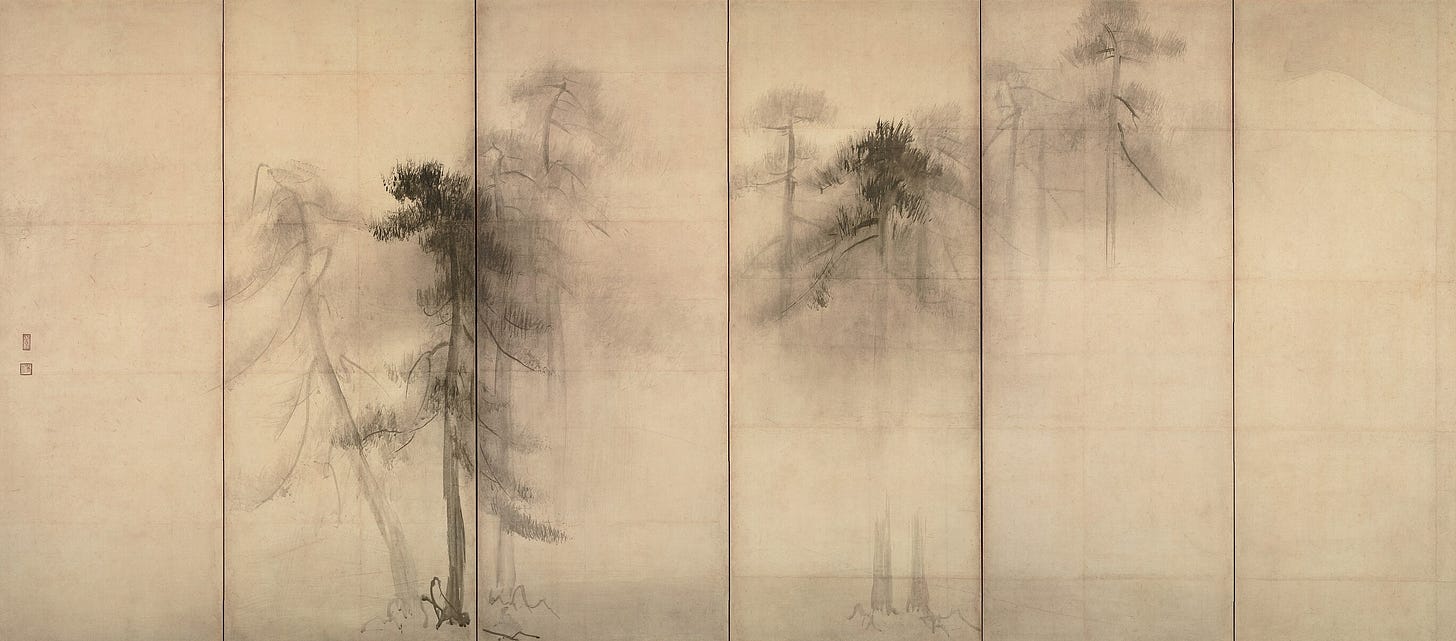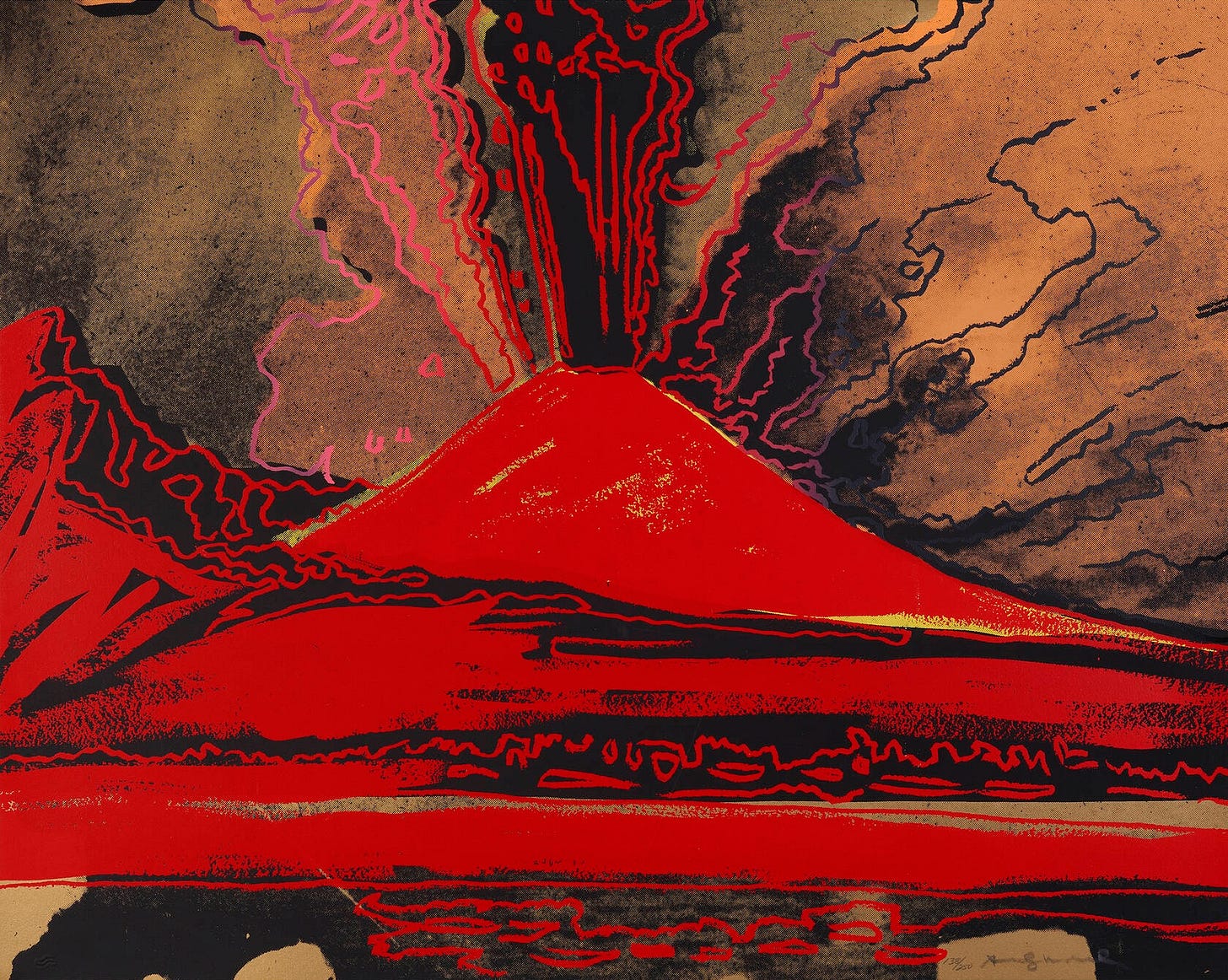“Ever present,
never twice the same.
Ever changing,
never less than whole.”
Robert Irwin
Fall is here, and with it, a comforting sense of familiarity. I find myself drawn to the person I become in autumn - quiet, reflective, a little more willing to dream - and I intend to reconnect with him. In our busy modern lives, these expansive selves seem especially worth knowing.
For those who struggle to find the time or space for introspection, the next few months can be a gift. The golden light, the crisp air, the sailing-leaf afternoons - all of it makes turning inward feel easy, natural and right. The world around us is slowing down, and it’s encouraging us to do the same.
“The leaves are down, the harvest’s in, the perennials are gone - Mother Earth just closed up the drapes on another year, and it’s time to reflect on what’s come before.”1
In the thoughts that follow, I share reflections on embracing autumn - ideas that invite perspective, honesty, and a richer sense of presence. Take them as small prompts to help you savor the spaciousness of this passing season, and let your own reflections grow alongside mine.
Embracing Autumn
Impermanence
Freedom
Being Here
Impermanence
The Pine Trees Screen, Hasegawa Tōhaku 1595
Let’s begin with one of the more obvious themes in the change of seasons: impermanence. The transient nature of things can be a source of sadness, but it’s also what gives them a singular beauty.
Consider a sunset. In its most vivid, colorful moments, it’s all the more pleasing because of its agonizing brevity. We love it precisely because it’s disappearing, because we know it won’t last.
“If we were never to fade away like the dews of Adashino, never to vanish like the smoke over Toribeyama, but lingered on forever in the world, how things would lose their power to move us! The most precious thing in life is its uncertainty.”
Essays in Idleness, Yoshida Kenko
Spring, summer, first kisses, farewell hugs, your favorite song, your child’s sleepy cuddle… would these moments mean as much if they went on endlessly? What good things lose in duration, they gain in magic.
Woldgate Woods, David Hockney 2004
Rather than resist impermanence, we might learn to welcome it. The shortness of life is what allows for heightened feelings, and transience, understood this way, is the soul of deep enjoyment.
Freedom
Reflecting on the changing nature of things is, I believe, a fine thing. It makes me sober and a little sad, but it also makes me feel alive and poetic. Above all, it allows me to make up my mind and live more authentically.
“One’s real life is so often the life that one does not lead.”
Rose Leaf & Apple Leaf, Oscar Wilde
In August of 1922, the Parisian newspaper L'Intransigeant posed a question to a group of celebrities:
“An American scientist announces the end of the world. If this prediction were to become a certainty, how do you think that people would behave between the time when they acquired this news and the moment of apocalypse?”
Marcel Proust responded:
“Life would suddenly seem wonderful to us if we were threatened to die as you say. Just think of how many projects, travels, love affairs, studies, it - our life - hides from us, made invisible by our ignorance which, certain of a future, delays them incessantly.
But let all this threaten to become impossible forever, how beautiful it would become again! Ah! If only the cataclysm doesn't happen this time, we won't miss visiting the new galleries of the Louvre, throwing ourselves at the feet of Miss X, making a trip to India.
The cataclysm doesn't happen; we don't do any of it, because we find ourselves back in the heart of normal life, where negligence deadens desire. And yet, we shouldn't have needed the cataclysm to love life today.”
Vesuvius, Andy Warhol 1985
Strangely enough, extreme examples are useful for clarifying our values in everyday circumstances. Proust’s response invites us to reflect on what we genuinely want to do, and, perhaps more importantly, the unhelpful perceptions that prevent us from acting on it:
“Without the apocalypse, our shyness and timidity seem overwhelming. With it, they become small and are easily overcome.”
Hold onto that image for a moment and recognize the freedom it offers: at any age, in any situation, we can reimagine who we are and set out in a new direction. Selfhood isn’t a fixed essence; it’s an act of creation. It’s not something we are, but something we do.
Artistic Interiors of the High Desert, The Monacelli Press 2016
Suggestion: Go somewhere quiet - perhaps a walk in the woods or an evening by the fire - and give yourself time to explore your deepest satisfactions. Start a list of “things that light me up” - a small map of activities to pursue and share. In doing so, you might discover new ways of enjoying yourself and those around you.2
Being Here
“I think when you are somewhere, you oughta really be there.”
Let me round out our time together with a new take on an old conclusion. I believe that:
Appreciating impermanence lets us,
Embrace our freedom, which then
Opens us up to really be here.
“Being here” is my preferred way to describe presence. It’s active, and I like that. When I think of presence as absolute stillness, my mind resists the suspension, and I get stuck in the emptiness (I’m working on it).
This wording feels more engaged, like a bold standing in the present moment. It’s saying, “This is it - this day, this place, these people - this is good.” But how do we get there, especially when we feel there are still things we want or need to change?
One way is to understand that the sentiment isn’t an either/or scenario. While we often see two options - either we work to change things or we fully accept them - there’s a space between these that we can try to live in:
“Believe you will get there, and in the meantime, enjoy where you are.”
Another method is to recognize that, in many ways, we’re already there. Think about your life: the people, things, and opportunities that make it yours… your closest relationships, the possessions that bring you comfort, the experiences you get to have…
There was a time when you wanted most of these, a time when you looked ahead and longed for them - and now they’re here. Imagine being completely satisfied with what you have. Try spending the next hour that way. Remember what it was like to want everything that is now yours, and see it again with that same wonder.
Haystacks, Claude Monet 1890
Eyes of Contentment: A Visualization
You have before you a little box. It contains a new set of eyes - eyes that see everything with perfect contentment. You gently remove your current set and replace them with these new ones.
For just a moment, keep your eyes closed and reflect on the images your old eyes brought you - the visions of absence, the longing, the restless search for what seemed missing.
Now, slowly you open your eyes and let your gaze fall lightly on your life as it is. See how beautiful and complete it already feels. Open your eyes a little wider, and let every good thing come into view, freely and without reserve.
Stay here for a while, resting in this awareness. Let an easy sense of satisfaction settle into you. Feel the weight of contentment, knowing that, in this moment, everything is here, nothing is missing and nothing is lost.
In Bed, Édouard Vuillard 1891
Chris-in-the-Morning, Northern Exposure
While traveling through the Pacific Northwest, my partner and I were considering what to do on one of our “rest” days. I confessed that one of my favorite things to do was visiting small town shops and looking at the knick-knacks on offer (their simple, quirky aesthetics never fail to jump start my creativity). She smiled at my request, and after a day of browsing and buying Sasquatch-shaped bottle openers and foraging-themed greeting cards, the odd hobby turned it into a shared enthusiasm.








